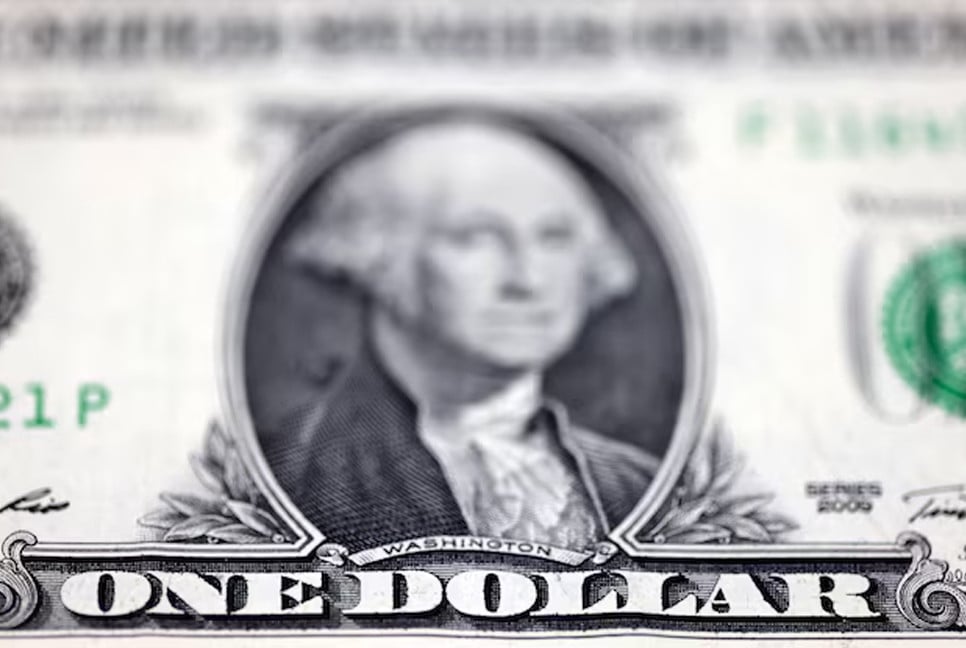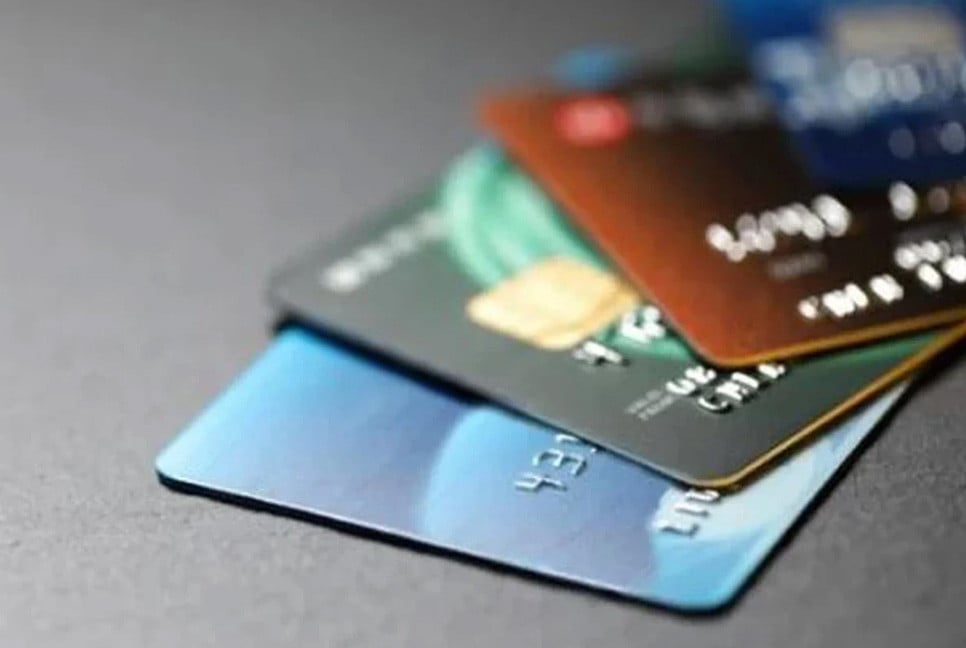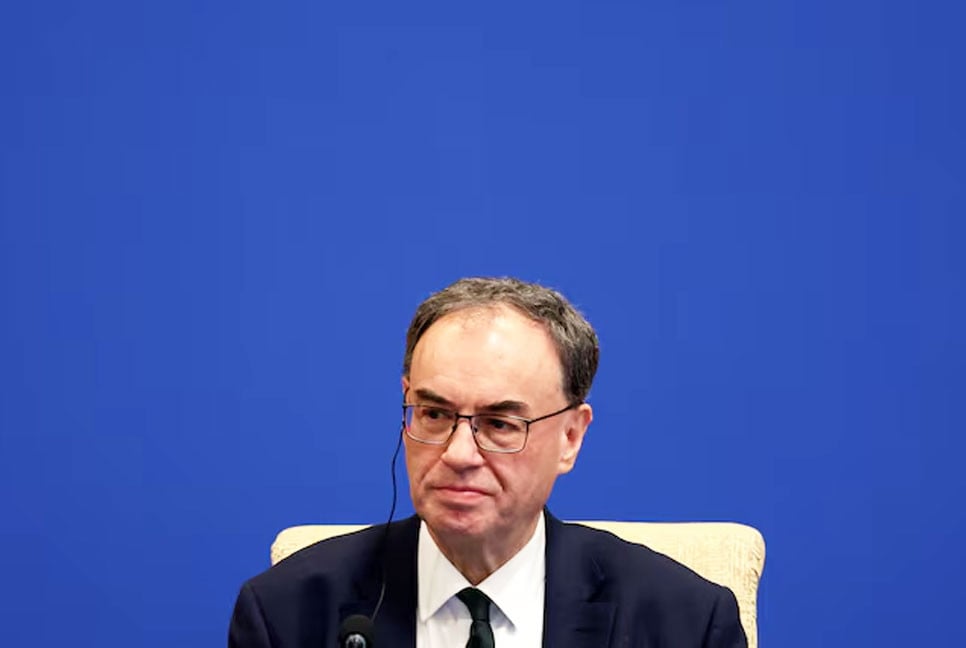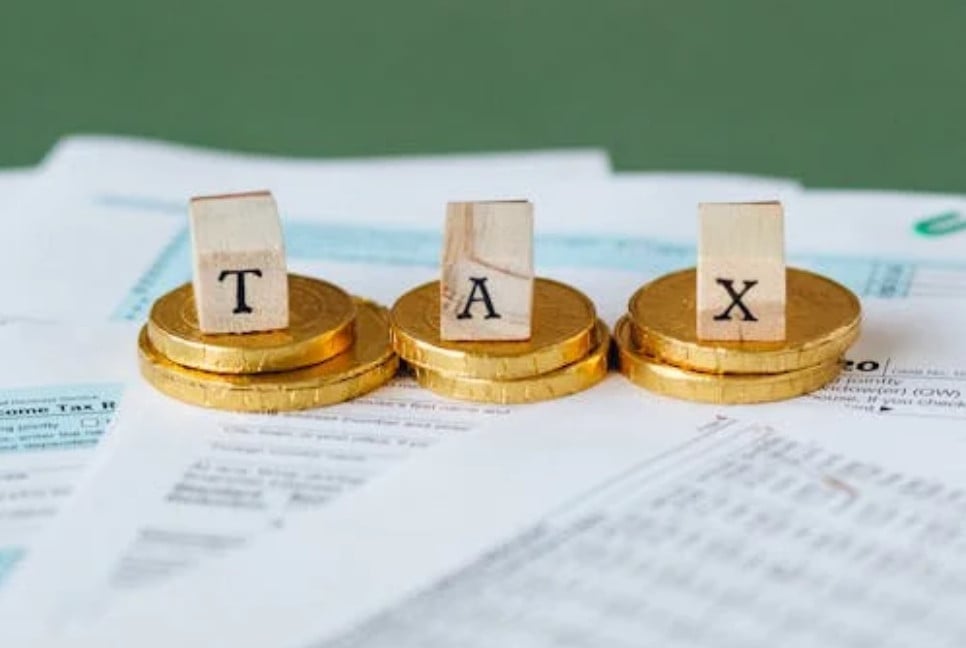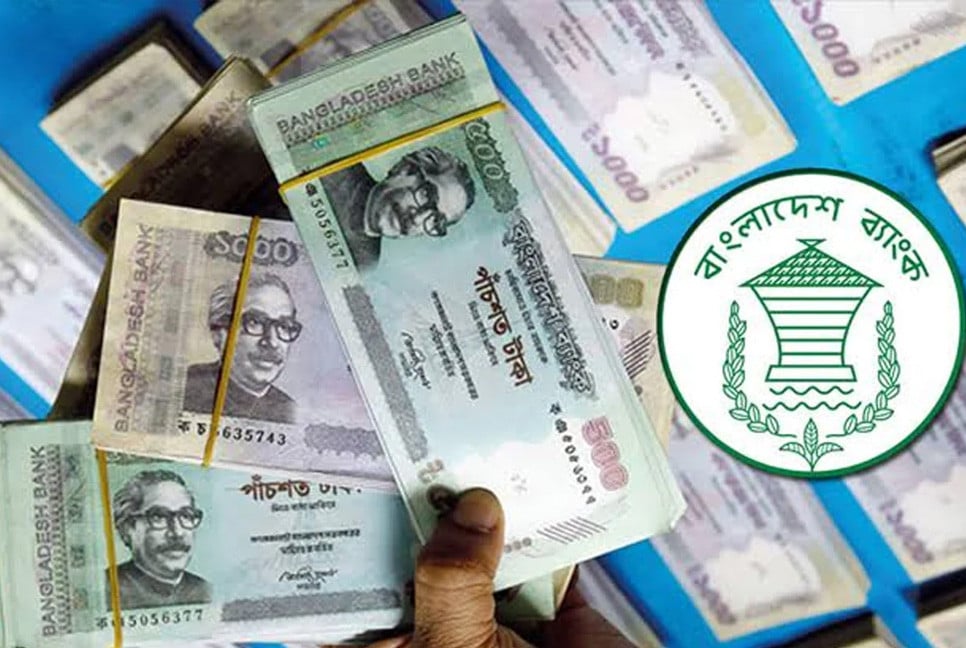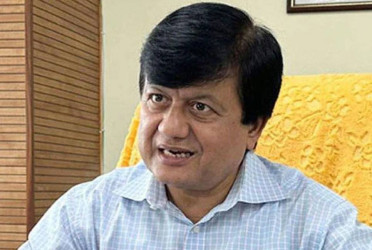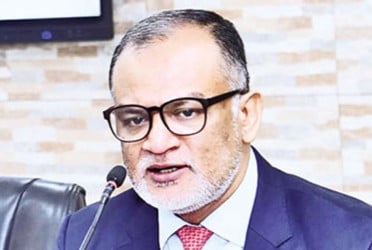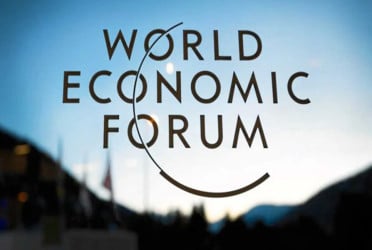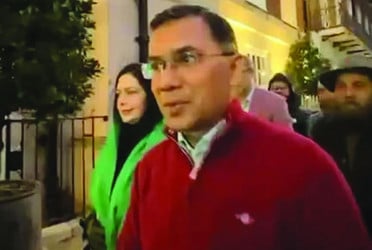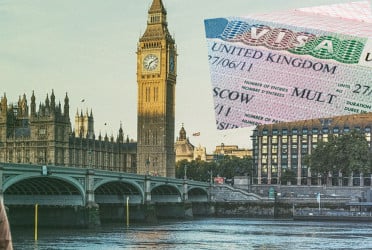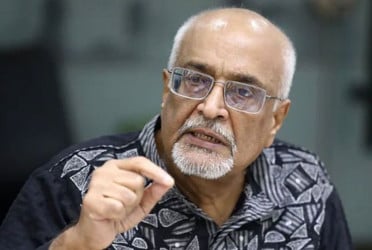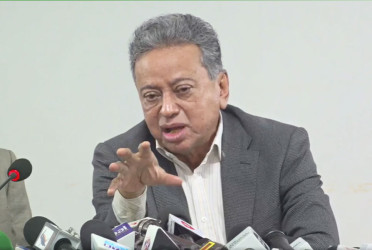The U.S. dollar stalled on Thursday as traders awaited further details on President-elect Donald Trump's proposed policies and speculated on the likelihood of less aggressive interest rate cuts from the Federal Reserve. At the same time, bitcoin surged toward $100,000, maintaining its strong rally in recent weeks, fueled by expectations that the incoming administration may create a more favorable regulatory environment for cryptocurrencies.
Bitcoin hit a record high of $97,902 on Thursday, supported by reports that former President Trump’s social media company was in talks to acquire crypto trading firm Bakkt (BKKT.N). The cryptocurrency was last up 2.54%, trading at $96,860. Meanwhile, the dollar index fell 0.11% to 106.49 but retained most of its gains from the previous session, after investors had pushed the index close to a one-year high of 107.07 reached last week.
"It's hard to short the USD right now," said Matt Simpson, senior market analyst at City Index, noting that investors are increasingly considering the possibility that the Federal Reserve may not cut rates next month after all. This shift in sentiment follows significant fluctuations in market expectations, with the likelihood of a Fed rate cut in December now pegged at just under 54%, a sharp decline from 82.5% just a week ago, according to CME's FedWatch Tool.
A Reuters poll revealed that most economists still anticipate the Federal Reserve will cut rates at its December meeting, though they now expect smaller reductions in 2025 than previously anticipated, due to concerns over potential inflationary pressures from Trump's policies. The U.S. dollar has surged more than 2% since the November 5th U.S. presidential election, driven by expectations that Trump's policies could reignite inflation and slow the Fed's rate-cutting plans. At the same time, traders are assessing the potential impact of Trump's campaign pledges for tariffs, with Europe and China likely to be the primary targets.
"Right now, we’re in a bit of a wait-and-worry zone because Trump is in the process of forming his cabinet," said Moh Siong Sim, a currency strategist at Bank of Singapore. "There’s a lot of uncertainty, particularly around the timing and scale of policies, and those details won’t be clear for a couple of months."
The euro edged up 0.09% to $1.0554 after slipping 0.5% on Wednesday, approaching last week's low of $1.0496, its weakest level against the dollar since October 2023. The ongoing Russia-Ukraine conflict has contributed to a negative sentiment toward the euro, along with concerns about potential trade tariffs. "The Russia-Ukraine conflict is intensifying, which further dampens sentiment toward the euro, and adds another bullish cue for the dollar index, given the euro's heavy weighting," noted City Index's Matt Simpson.
Sterling was slightly higher at $1.2652, up 0.04%.
Meanwhile, Bank of Japan Governor Kazuo Ueda stated on Thursday that the central bank would "seriously" consider foreign exchange rate movements when compiling its economic and price forecasts. He pointed out that there was still a month to go until the BOJ's next policy meeting in December, with more information expected in the meantime. Following Ueda's remarks, the dollar lost some ground against the yen, falling 0.51% to 154.63 yen. Market expectations for a December rate hike are now nearly evenly split, as the yen continues to decline toward its 38-year low from July. The currency pair briefly surpassed 156 last week, raising concerns that Japanese authorities might take further steps to support the yen.
(Source: Reuters)
BD-Pratidin English/Mazdud

